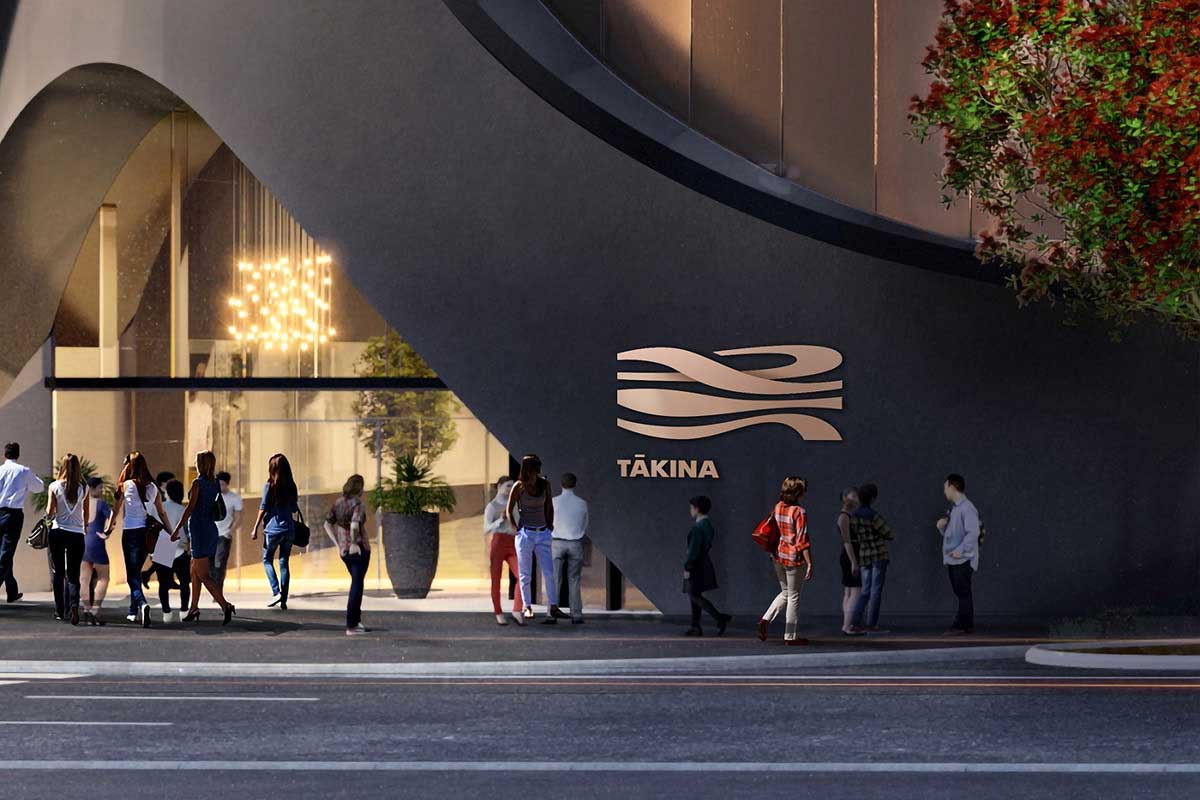Sustainability
Te Atakura – First to zero
Wellington has adopted an implementation plan to reduce the emissions produced in the city to zero by 2050. An ambitious city, Wellington has long been a leader in the climate change area, and is already the lowest carbon city per person in Australasia.
Wellington has been awarded most liveable city for two years in a row and is ranked first in the world for environmental security (Safe Cities Index 2021). A leader in the ongoing restoration of the natural environment, Wellington is home to a highly educated populace, a compact inner-city, high use of public transport, and relatively low car ownership. In fact, Wellington locals commute by public transport, or walk, run or cycle to work more than any other region in New Zealand.


However with climate change upon us, it is important to further this work to secure the environment for future generations. In June 2019, Wellington City Council adopted Te Atakura – First to Zero, a blueprint to ensure Wellington is a net zero emission city by 2050.
The implementation plan outlines key activities that will help to reduce our emissions in four target areas: Transport, Building Energy and Urban Form, Advocacy, and the Council. 'Destination Poneke' is Wellington's destination management plan. Published in 2021 this document focuses on making all aspects of the visitor industry in Wellington environmentally sustainable.
Environmental sustainability and resilience are at the heart of the design and construction of Wellington's new convention and exhibition centre, Tākina.
With a focus on reducing energy and water, sustainable materials use, and renewable energy capability, Tākina is a landmark for Wellington’s sustainable future and has been awarded a 5-Star Green Star certification representing New Zealand excellence for environmental sustainability.
The build will result in a 60 percent reduction in energy use and a 66 percent reduction in operational carbon emissions, when benchmarked against a comparable new build.

